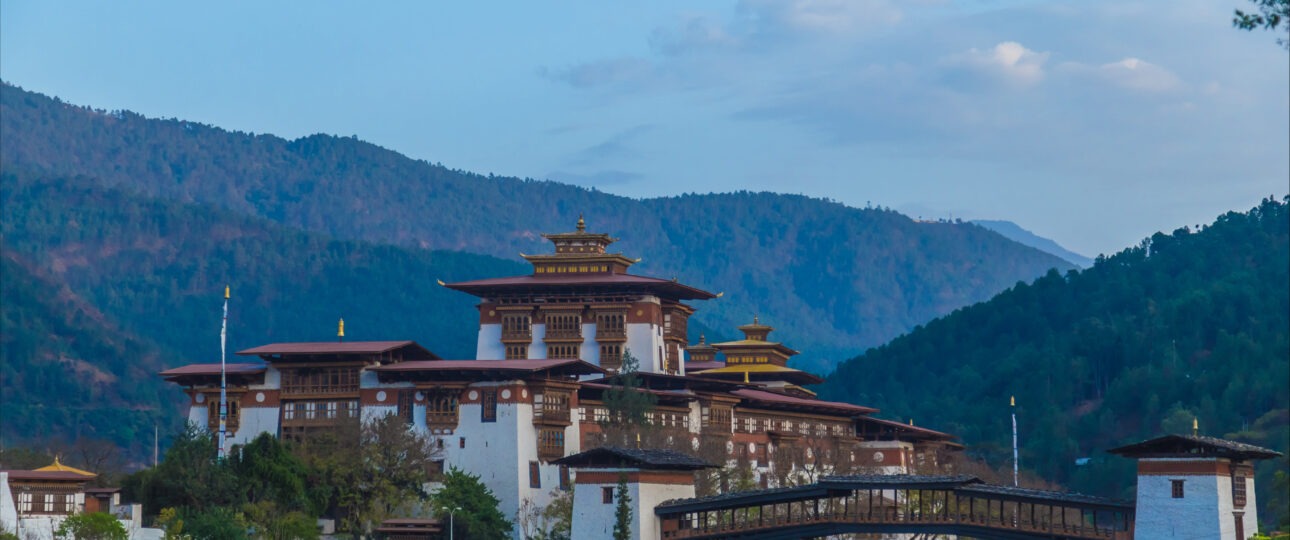Bhutan - Land of Monasteries
The Buddhist Kingdom of Bhutan lies alongside the lofty ridges of the jap Himalayas, bordered through China (Tibet) to the north and northwest, and by means of the Indian states of Arunachal Pradesh, Assam, West Bengal and Sikkim on the east, south and west respectively. With an location of 46,500 rectangular km., Bhutan is similar to Switzerland each in its measurement and topography. It was once the mighty Himalayas which covered Bhutan from the relaxation of the world and left the Kingdom blissfully untouched via the centuries. The Drukpa Kagyupa college of Mahayana Buddhism supplied the essence of a prosperous tradition and a charming history.
The Bhutanese humans covered this sacred heritage and special identification for centuries by way of selecting to continue to be shrouded in a jealously guarded isolation. The Kingdom is peopled sparsely, with a populace of solely 678,000. Four primary linguistic companies represent Bhutan’s population: the Sharchopas, who are held to be indigenous inhabitants, the Bumthangpas and the Ngalongpas who originate in neighboring Tibet, and the Lhotshampas, current immigrants of Nepalese origin. The inhabitants of Bhutan are gracious, mild and very hospitable. They are peace loving and possess a active feel of humor.
Must go to locations round Bhutan
Phuentsholing
The gateway to the south, it is a thriving business core on the northern side of the Indian plains. Situated immediately at the base of the Himalayan foothills, Phuentsholing is a charming combination of Indian and Bhutanese, Phuentsholing a best instance of the mingling of peoples and cultures. Being a frontier town, Phuentsholing is a handy entry/exit factor for journeying Bhutan and additionally the neighboring Indian states of West Bengal, Sikkim and Assam.
Paro
This stunning valley encapsulates a prosperous culture, scenic splendor and thousands of myths and legends. It is domestic to many of Bhutan’s oldest temples and monasteries, the country’s solely airport, and the National Museum. Mt. ParoChomolhari (7,300m) reigns in white glory at the northern stop of the valley, its glacial waters plunging via deep gorges to structure the Pa Chu (Paro River). The Paro valley is one of the Kingdom’s most fertile, producing the bulk of Bhutan’s well-known crimson rice from its terraced fields.
Thimphu
The capital city of Bhutan, and the middle of government, faith and Thimphucommerce, Thimphu is a energetic place, an fascinating mixture of lifestyle and modernity. Home to civil servants, expatriates and the monk body, Thimphu continues a sturdy countrywide persona in its architectural style.

